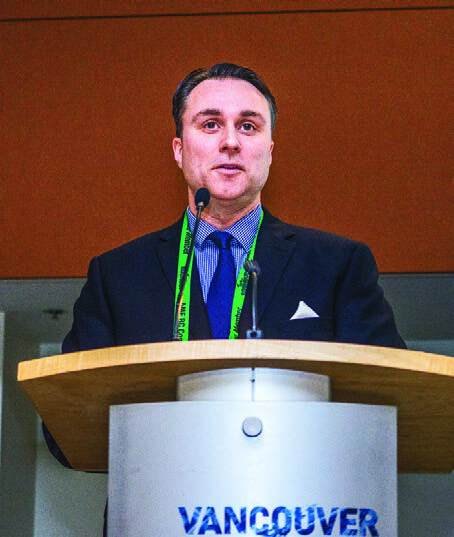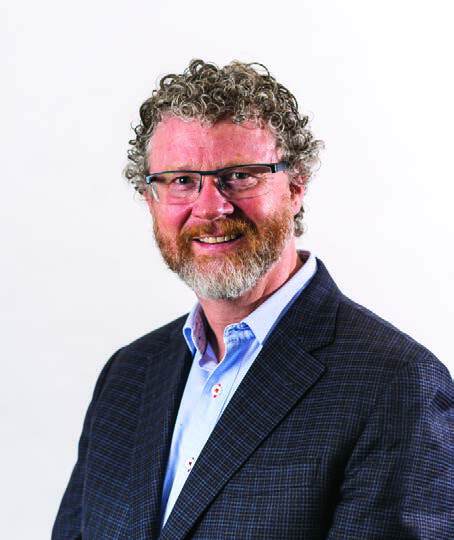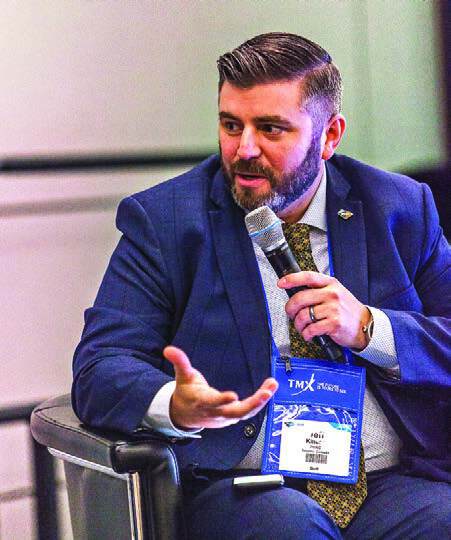
AME’s Taxation, Securities & Investment (TSI) Committee comprises about a dozen members with professional expertise across the broad disciplines of taxation, securities and investment. The committee provides advice and guidance to AME around issues that may affect its members and advises on related policy matters. Mark Peters, chair of the TSI Committee, explains that over the years AME and the Prospectors & Developers Association of Canada (PDAC) have worked closely together on policy matters that affect mineral explorers in B.C. and across the country. PDAC is the national voice for Canada’s mineral exploration and development industry, whereas AME is primarily focused on B.C. and also supports members who explore elsewhere in Canada and around the world.

Peters highlights recent advocacy to extend the federal flow-through share tax credits as an example of where PDAC and AME have worked together. This advocacy, led by the PDAC but supported by AME, was successful in getting the federal Mineral Exploration Tax Credit extended for five years until 2024 –the first multi-year extension since its inception in 2000. At the same time, AME was also successful in its advocacy to have the B.C. provincial flow-through share tax credit for investors and the mining exploration tax credit for companies made permanent.
Peters also mentions that recent advocacy efforts around the definition of Canadian Exploration Expenses (CEE) and what expenditures should qualify as an example of where the two associations have worked together. CEE, as outlined in the federal Income Tax Act, defines the types of mineral exploration expenditures that qualify for flow-through and mineral exploration tax credits.
AME members, however, are finding that legitimate exploration expenses are being denied by the Canada Revenue Agency for failing to meet the definition of CEE and thus do not qualify for flow-through deductions. As such AME and the PDAC are working together to address this challenge, notes Rob Stevens, vice-president of regulatory and technical policy at AME.

Peters says, “We have found situations that arise with B.C. explorers and their expenditures that may be different from the rest of the country. Thus, advocacy efforts need to be shared between AME and the PDAC. For example, both AME and PDAC have advocated for proper guidelines around certain ‘grey areas’ in the CEE definitions. This helped the CRA issue updated CEE guidelines which has provided both AME and PDAC members with helpful clarification on qualifying exploration expenditures.”

PDAC’s position is explained by its director, policy and programs, Jeff Killeen. He notes that PDAC employs a broad approach to advocacy, producing unbiased, evidence-based research that supports its positions and engages directly with political and bureaucratic stakeholders who guide legislative and administrative processes. Killeen says, “On behalf of our members, we respond to public consultations that affect the mineral industry with formal written submissions and recommendations. Our apolitical approach ensures continuity in PDAC messaging and that our recommendations are highly actionable.” Stevens says that “By working together at the committee and staff level, AME and PDAC are able to combine our strengths and provide a strong voice for the mineral exploration and development industry around policy and legislation and affect our industry in British Columbia and across Canada.”
